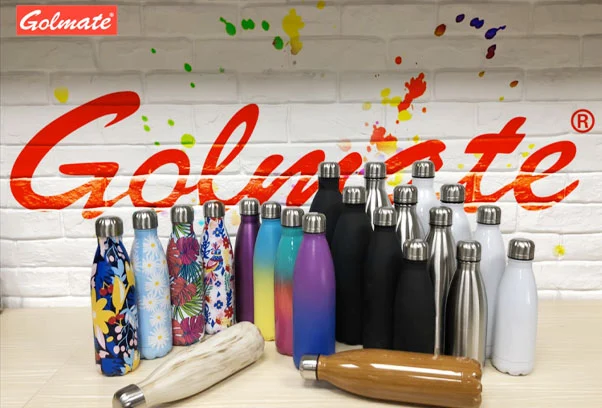WHAT ARE YOU LOOKING FOR?

If you're wondering how to identify a BPA-free water bottle, it's an essential consideration when aiming to embrace a sustainable lifestyle and safeguard your well-being. In this regard, we provide useful guidance to help you determine if your drinking bottle is free from BPA, ensuring a healthier and environmentally friendly choice.
Next, Golmate will take you on a quick journey into the world of this.
BPA is most commonly found in plastics with recycling codes 3 and 7. If a water bottle is labeled with one of these codes, it may contain BPA.
Many manufacturers will explicitly label their products as "BPA-free" to make it clear that their products do not contain this chemical. If you have needs in water bottle bulk, you can contact us for more information.
Bottles with epoxy linings may contain bisphenol A (BPA), which is a chemical used in the production of polycarbonate plastics and epoxy resins. BPA has been found to have negative health effects, including disruption of hormonal functions and possible links to certain types of cancer, as well as negative effects on fertility. While the use of BPA in baby bottles and sippy cups has been banned in the United States since 2012, it is still present in a variety of other plastic products, including some water bottles and the epoxy linings of metal food cans.
To avoid exposure to BPA , it is recommended to use glass containers instead of plastic or metal containers with epoxy linings. Additionally, using stainless steel water bottles or those made with other BPA-free materials can eliminate the potential for exposure to BPA. Many companies now manufacture BPA-free containers for food and beverages, making it easier for consumers to avoid exposure to this chemical. By being informed about the potential risks associated with certain types of food and beverage containers, consumers can make more informed choices about the products they use and take steps to minimize their exposure to harmful chemicals like BPA.
While the full extent of the health effects of BPA is still being studied, choosing a BPA-free water bottle is a precautionary measure that can contribute to a healthier and safer lifestyle.